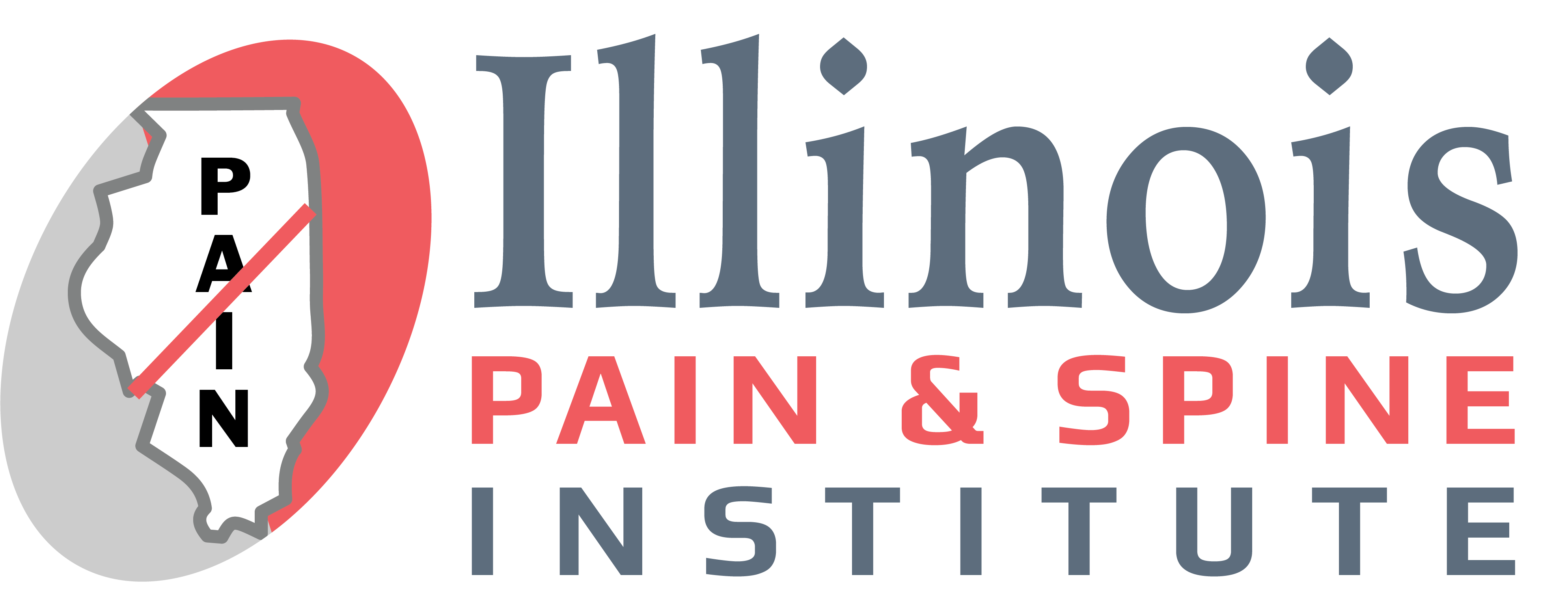
15 Jan Recognizing Sciatica: Key Indicators and Understanding Your Pain
Do you feel pain in your lower back spreading down to your leg? You might be dealing with sciatica. This condition, often misunderstood, is not just a standalone ailment but a signal of deeper spinal issues. Let’s explore what sciatica pain feels like, its causes, and how to tell if you have sciatica.
What Triggers Sciatica?
Sciatica occurs when the sciatic nerve, which extends from the lower back to the legs, experiences compression or irritation. This discomfort often originates from spinal issues such as herniated discs or spinal stenosis. Recognizing these underlying causes is key to managing and alleviating sciatica effectively.
What Does Sciatica Pain Feel Like?
Typically, sciatica manifests as a sharp, shooting pain starting in the lower back and coursing through the buttocks and down the leg. It can vary from a mild ache to an intense, debilitating sensation. Some describe it as an electric shock, while others feel a constant throbbing or burning.
What Are the Symptoms of Sciatica?
Besides pain, sciatica can cause numbness, tingling, or muscle weakness along the nerve’s path. Sitting, coughing, or sneezing could intensify this discomfort. It’s essential to distinguish these symptoms from other types of back pain for appropriate treatment.
Diagnosing Sciatica
Self-diagnosis can be tricky. Sciatica mimics other back issues, so professional evaluation is recommended. However, certain signs like leg pain intensifying when lifting your leg or pain predominantly in the leg rather than the back can hint at sciatica.
When to Seek Help
Persistent or worsening symptoms warrant medical attention. If you experience significant discomfort or functional limitations, consulting a specialist at a Chicago pain center can provide clarity and a tailored treatment plan.
Managing Sciatica Pain
While sciatica often resolves with time, managing pain is vital for comfort and mobility. Over-the-counter pain relievers, physical therapy, and hot/cold compresses can alleviate symptoms. In more severe cases, medical intervention might be necessary.
Sciatica Healing Time and Measures to Take
The duration of sciatica recovery can vary significantly. It often depends on the root cause and the effectiveness of the treatment approach. While some individuals may experience relief within weeks, others might take months to fully recover. Effective management of sciatica typically involves a blend of medical guidance, appropriate physical therapy, and sometimes lifestyle modifications.
Read More: How Long Does Sciatica Take To Heal
Ready to Tackle Your Sciatica Pain?
Battling with sciatica pain in Chicago? It’s time to take action. Illinois Pain & Spine Institute stands out for our expertise in addressing sciatica effectively. Consider reaching out to us for specialized care. Remember, managing your pain is the first step toward a more comfortable life.

